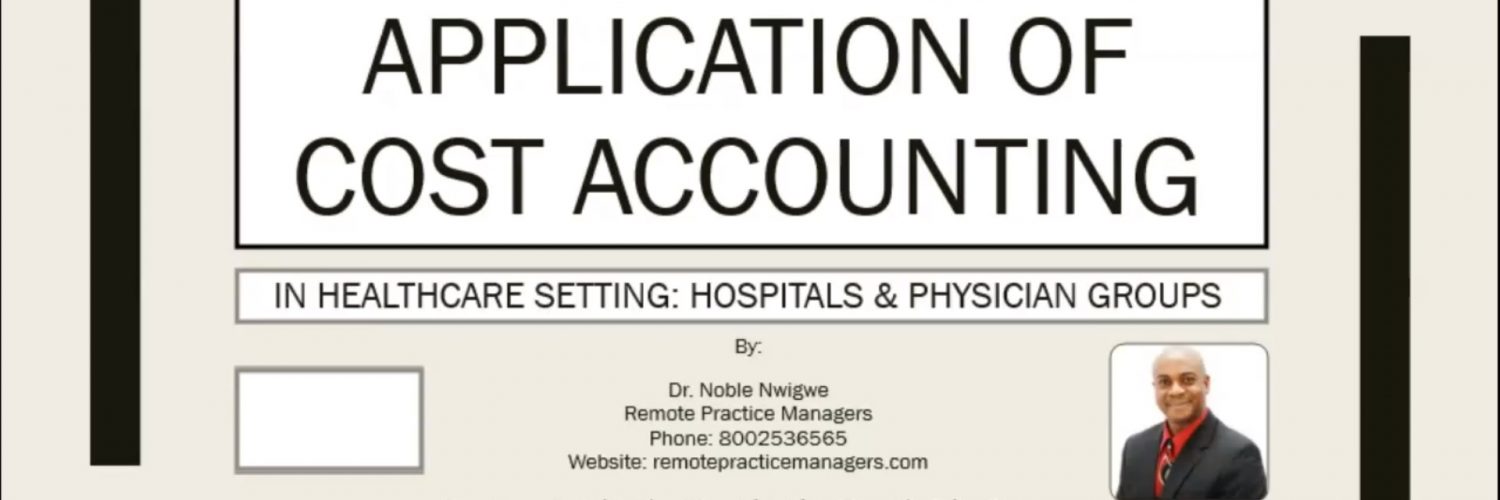Oral communication is the most common form of communication. Most agree that it is typically the most effective. Verbal communication reveals hidden emotional attributes of both the communicator and the receiver. It is unfettered and personal, and its impact is undeniably effective. A leader’s approach to verbal communication varies depending on the setting, audience, and subject; thus the message is crafted to meet the specific needs of the situation. Carefully crafting the message greatly enhances the likelihood that the communication will achieve its desired result.
Although verbal communication is the most direct and intimate way to deliver a message, the ability for humans to retain all the intricacies of a complex verbal message is finite and can be affected by personal biases and interpretations. Written communication, therefore, becomes more significant on a long-term basis because it provides a message that staff can keep and review repeatedly. Messages in writing thus provide great advantages, but they also carry inherent risks: Written communications lack the assistance of facial expressions, body language, and voice inflection, and they can easily be misinterpreted if not carefully planned and executed. The fact that written messages endure in perpetuity can also have human resources and legal implications of such messages are fired off in a haphazard manner.
Increasingly, leaders must make informed decisions about when to introduce technology to facilitate communication and how to set appropriate guidelines so that the technology does not endanger information security or cause productivity loss.
Advances in information technology have increased the speed of communication. Today, e-mail, Skype, and social media enable executives to break down geographic boundaries and communicate rapidly and broadly with employees. To remain competitive in a rapidly changing world, leaders must keep abreast of the latest trends in information technology and determine how to best use this technology. This chapter’s opening vignette demonstrates how social media can provide powerful mechanisms for spreading messages and creating momentum—for good or bad—among employees.
High-ranking leaders often approach personal interactions with the goal of solving problems, rather than seeking feedback and truly listening to the needs and viewpoints of those with whom they communicate. This tendency can lead not only to frustration and misunderstanding but also to wasted efforts by executives who have not taken the time to discern the key issues important to the staff. Listening to what someone has to say is a sign of respect, and it can promote a culture of openness if leaders act on the feedback that they receive.
Leaders should strive to craft verbal communication that is simple, can be delivered in a short amount of time, touches on all the salient points of the strategic message, and allows an opportunity for interactive discussion. When rounding in the organization, leaders should have a weekly list of five key initiatives or issues that they want to reinforce with the staff, and they should use this list as a basis for interactions with the units. Leaders should also ask direct reports to create their own weekly “Friday Five” lists that they share with their staff. The shortlists prepared by direct reports can also help leaders keep abreast of the important issues in their areas of responsibility.






Add comment